San Miniato. The Cathedral of S. M. Assunta
2021
The Cathedral of Santa Maria Assunta and San Genesio is the main Catholic place of worship in San Miniato, the mother church of the diocese of the same name.
You may also like
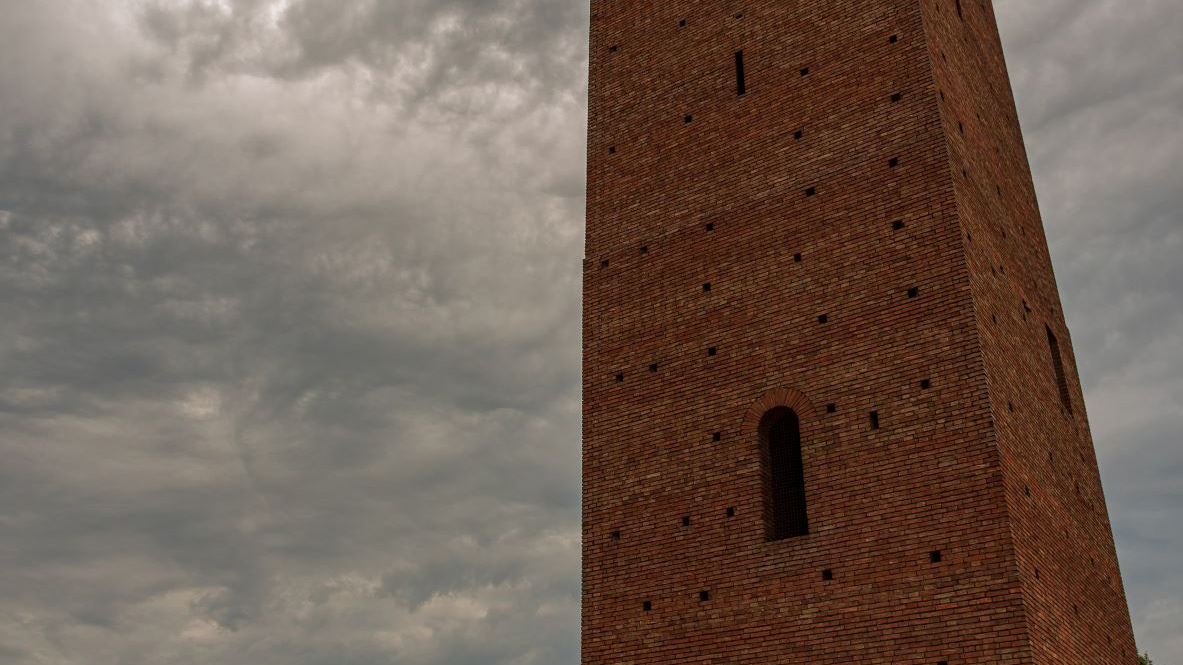
2021
San Miniato, Tuscany. Rocca di Federico

2021
Fucecchio, Tuscany. Corsini Park. The fortified towers
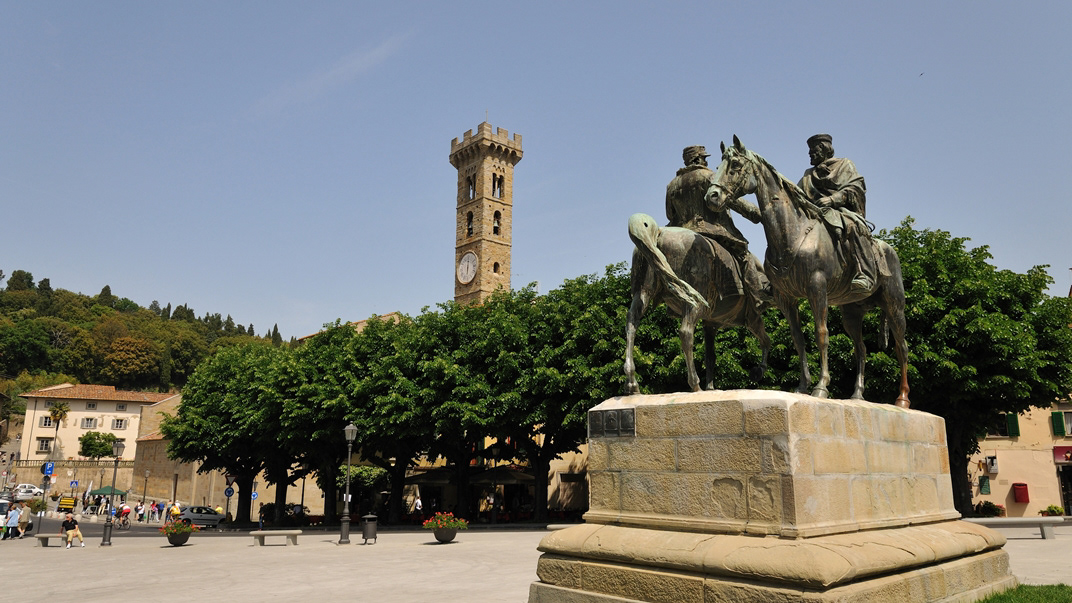
2009
Fiesole
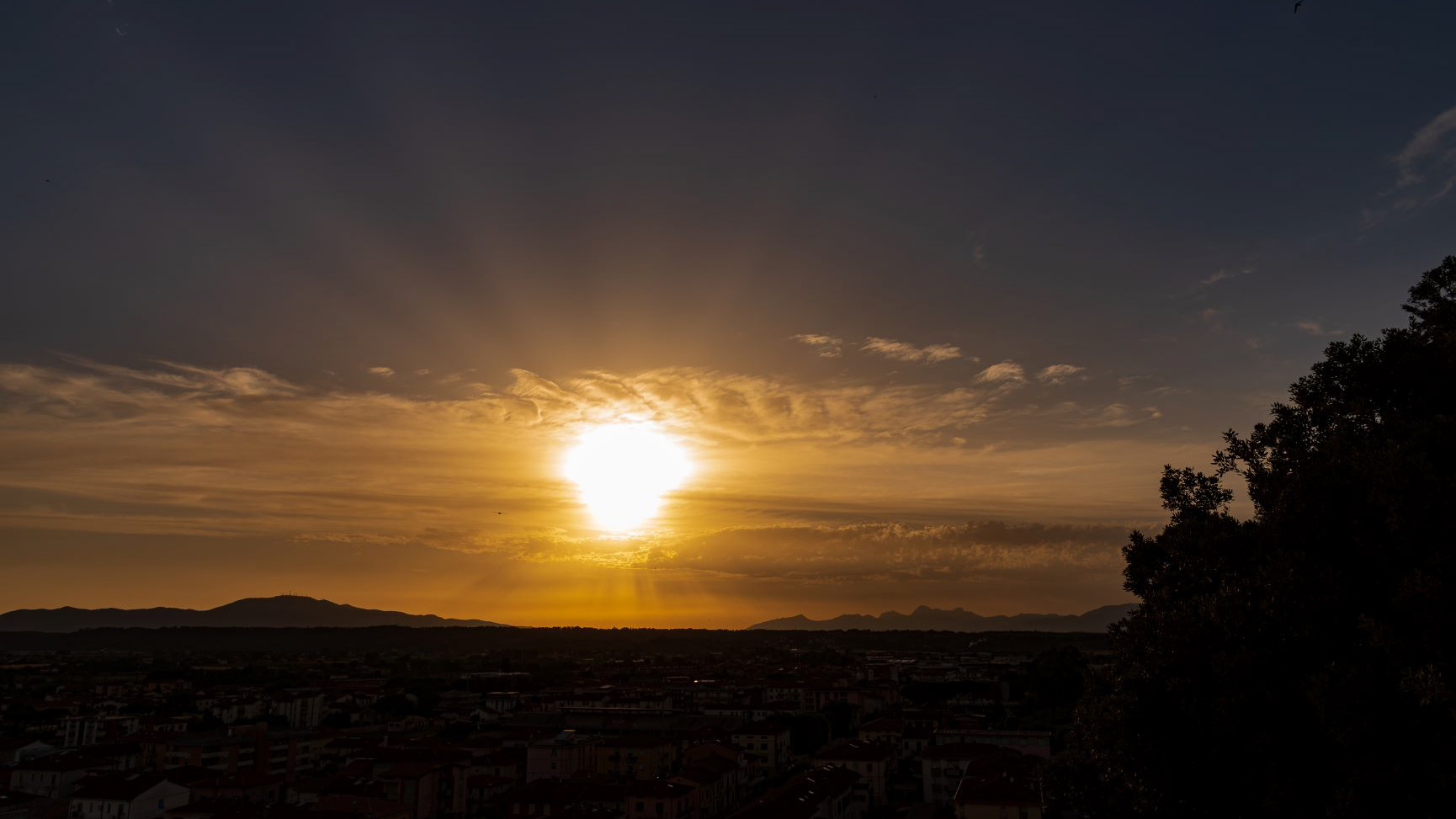
2021
Spectacular sunset over the Apuan Alps

2021
Livorno. The Mascagni Terrace
The Mascagni Terrace is one of the most elegant and evocative places in Livorno and is located on the seafront on the edge of Viale Italia.
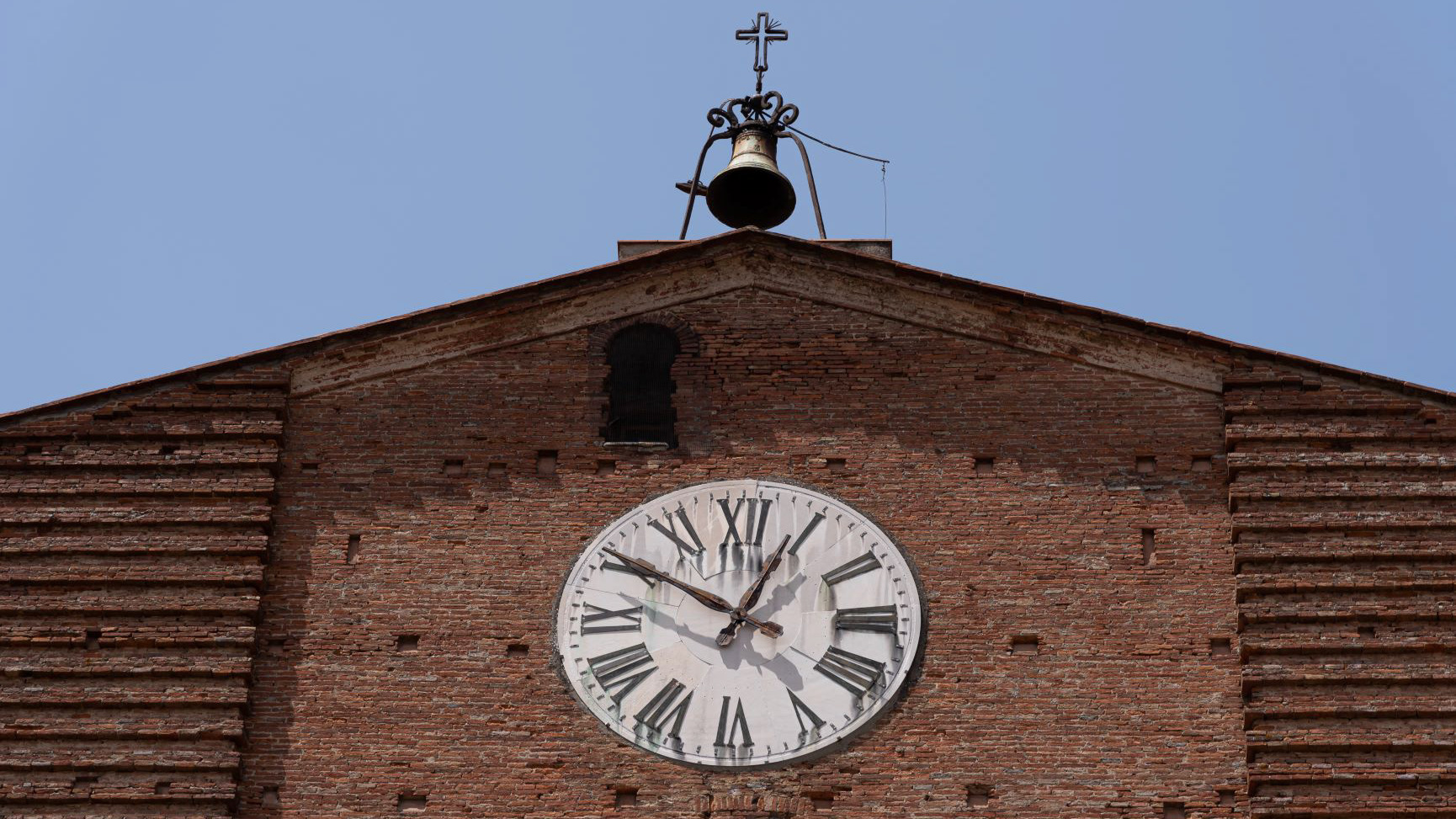
2021
Fucecchio, Collegiate Church of San G. Battista
Fucecchio, Collegiate Church of San Giovanni Battista. Named after San Giovanni Battista, it stands on today's Piazza Vittorio Veneto, on the site of the ancient parish church.
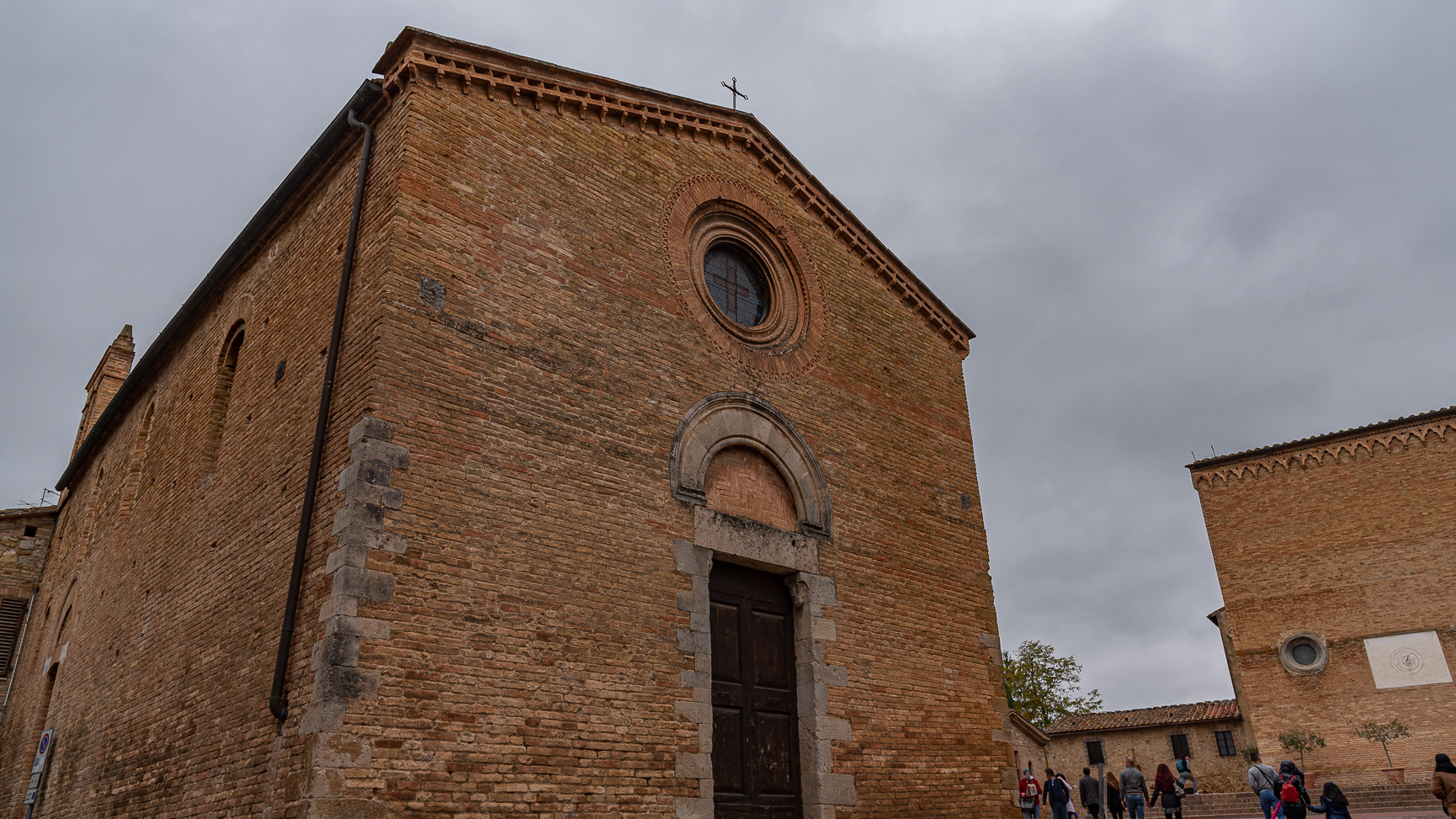
2021
San Gimignano. The church of San Pietro in Forliano
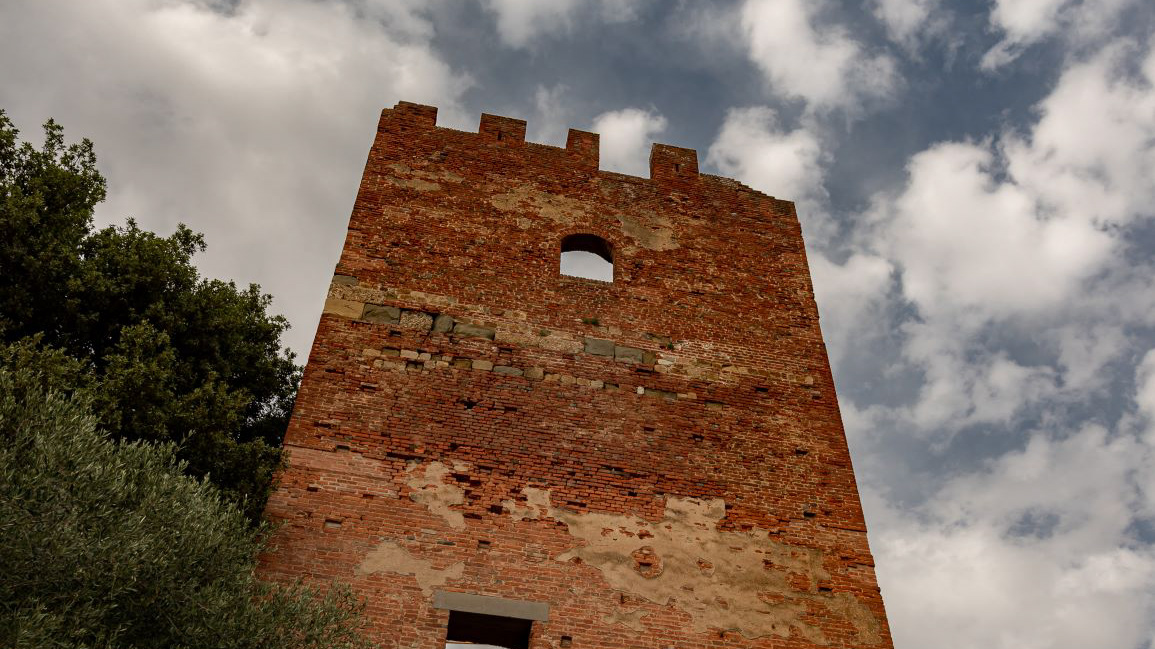
2021
Fucecchio, Tuscany. Corsini Park. The fortified towers.
Fucecchio. Corsini Park. The fortified towers. Dominated by the majesty of the "Torre grossa", the park is home to the high "Middle Tower" and the smaller "Pagliaiola".

2021
Fucecchio. Abbey of San Salvatore
The abbey of San Salvatore is located in the upper part of Fucecchio, in the province of Florence, diocese of San Miniato.

2021
Fucecchio, Tuscany, Italy. Panoramas
